Content from the Brookings Institution India Center is now archived. After seven years of an impactful partnership, as of September 11, 2020, Brookings India is now the Centre for Social and Economic Progress, an independent public policy institution based in India.
The energy market has undergone a major structural change since 2015. The most dramatic manifestations of this change are Saudi Arabia’s decision to forego the role of “swing producer,” the consequential drop in the price of oil, and the recent pronouncement in Saudi Arabia’s “Vision 2030”to reduce its dependence on petroleum.
Underlying these developments are trends that are rippling across the broader energy market. The shale revolution in the United States transformed the supply side of the petroleum equation but it also brought into sharp relief the disruptive impact of technology. The disproportionate impact of the slowdown of the Chinese economy on the demand for oil highlighted the eastward tilt in the flow of petroleum but it also brought out the declining per capita consumption of fossil fuels in the Western economies. The consensus in Paris on containing emissions marked a global acknowledgement of the dangers of global warming but it also reflected a tightening of public sentiment and regulatory policy against fossil fuels and a shift in the conversation from peak oil (the finiteness of oil) to peak demand (should companies be permitted to monetise their discovered but not developed reserves of hydrocarbons?).
These changes suggest that the energy sector is headed towards an interesting crossroads. One direction will lead linearly towards a future in which fossil fuels will continue to dominate the energy basket. The low price of petroleum will dilute investor interest in renewable and clean energy and the large, youthful, and aspirational societies like India will continue to base their mobility infrastructure on gasoline and diesel. The other direction would lead towards a different future. This pathway will be difficult to navigate: it will be twisted, the signposts will be blurred, and history will serve as an imperfect guide. But directionally, it will move the sector towards a future in which oil and gas remain within the interstices of the economic system but in increasingly smaller amounts. In time, these commodities lose their dominant position in the energy system.
Conventional wisdom holds that India will move down the former path. It has an abundance of coal, its industrial infrastructure is built on a fossil fuel energy system, it does not have the resources to develop an electric vehicle transportation system, and it can leverage its monopsonistic position to secure very favourable terms from Middle Eastern suppliers of oil and gas. However, conventional wisdom needs to be challenged. The World Health Organisation has ranked 13 Indian cities as amongst the 50 most polluted cities in the world. The Himalayan glaciers are receding, water tables are falling, and India’s forest cover has been severely denuded. India is on an unsustainable economic trajectory. Discussions between the Indian prime minister and the U.S. president provide an opportunity to address this challenge directly.
An oft-cited claim is that the U.S. private sector has been behind most recent energy-related innovations. That is not the case. The support provided by the U.S. government has been crucial. The shale revolution might have still been in the making were it not for the seed funding provided by the Department of Energy to scientists and laboratories to work on the twin concepts of hydraulic fracturing and horizontal drilling, the technologies that unlocked the hydrocarbon molecules in the shale rocks. Similarly it was the Pentagon that first triggered interest in robotic cars. They provided the initial sponsorships and prize money for innovators. And it was only following the success of these sponsorships that private companies like Google picked up the research baton regarding driverless cars. Currently, the Pentagon is one of the main drivers behind research to improve fuel efficiency, develop cleaner fuel blends, upgrade battery technology, and build smart distribution networks. It has allocated $9 billion for research and development on these subjects over the next 5 years. The Pentagon is not motivated by scientific altruism. They are the amongst the largest consumers of liquid fuels (almost 90 million barrels per annum) in the United States and therefore have good reason to encourage the developments of a competitive and scalable alternative to liquid fuels for transportation. India needs to take a leaf out of the U.S. experience. It has a clean energy fund, supported by a cess on the coal industry. The purpose of the fund is to finance clean energy research. In fact, the money is more often than not diverted towards other purposes. The Indian government needs to better understand the catalytic role played by the U.S. government in incentivising clean energy innovation, energy efficiency, and demand conservation. It should also see whether there is scope for deploying India’s funds more purposefully through collaborative partnerships with U.S. scientists, laboratories, and public entities like the Pentagon.
This article also appeared in Hindustan Times on 11th June 2015
This memo is part of the Brookings India publication, India-U.S Relations in Transition. The views are those of the author(s). Brookings India does not hold any institutional views.
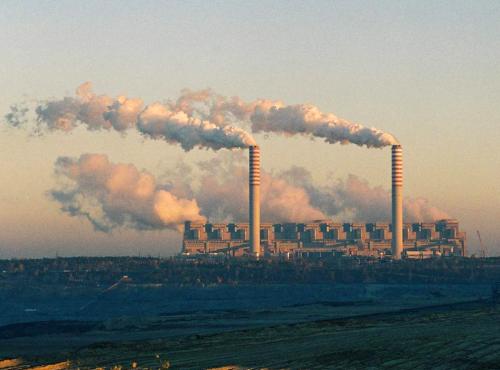
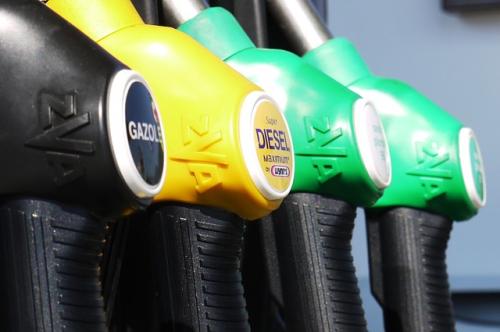

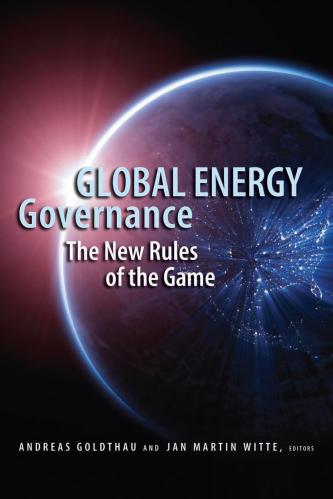




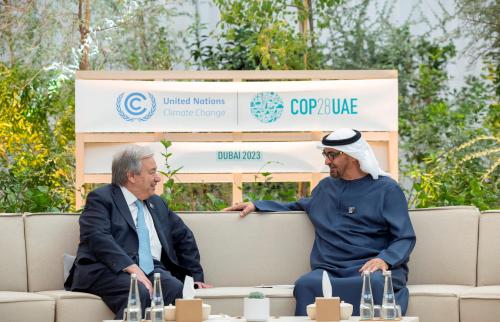
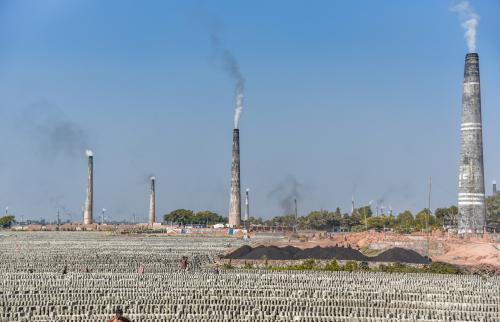
Commentary
Op-edIndia-US relations: Energy and environment
Brookings India
June 4, 2016